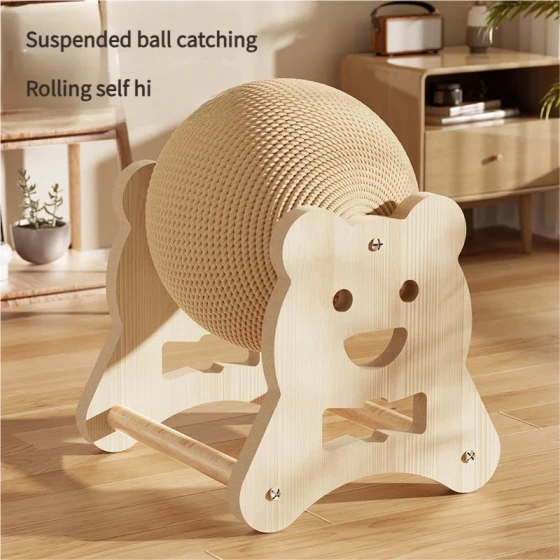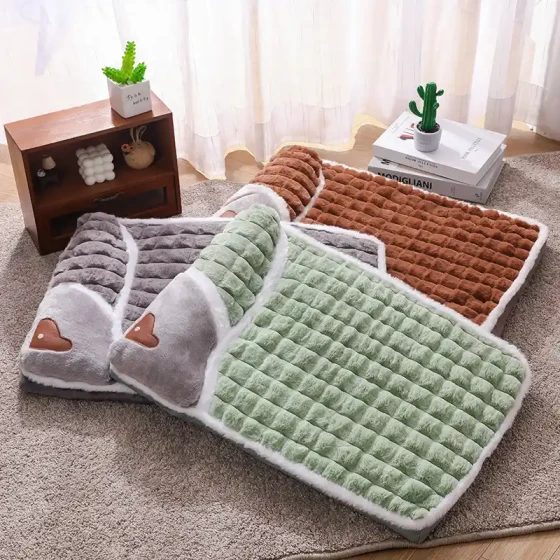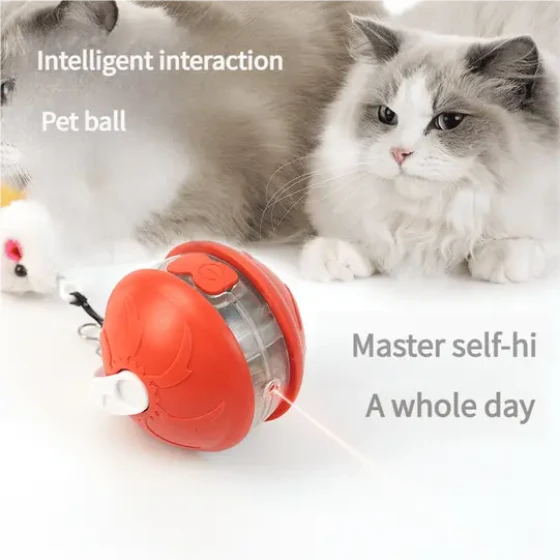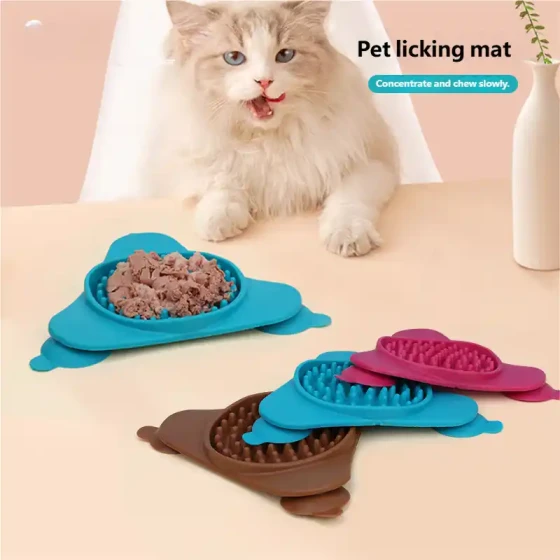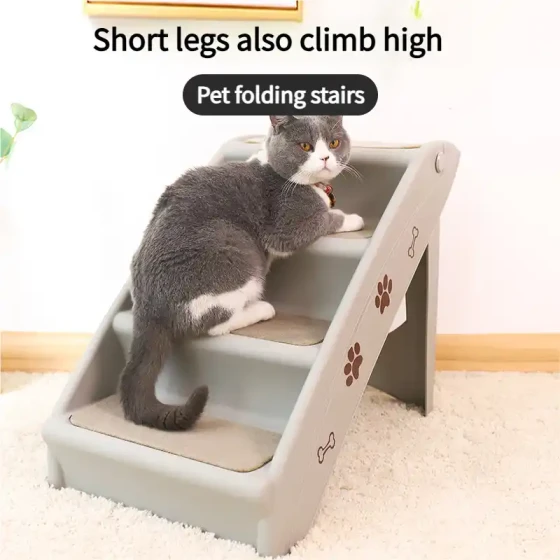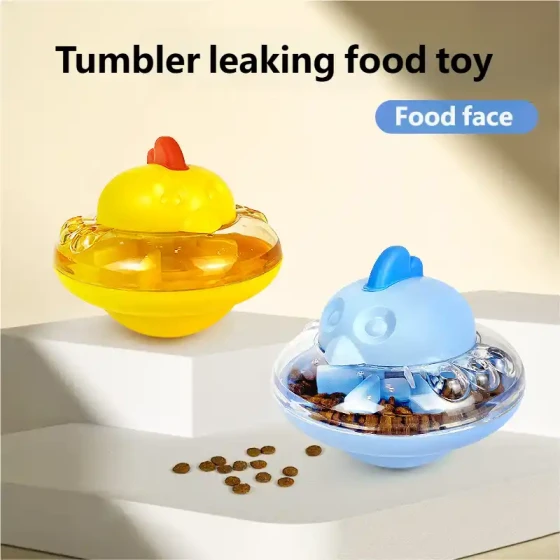Ragdoll Cat Weight Standards_Analysis of the Ideal Weight Range for Adult Ragdoll Cats
Ragdoll cats are loved for their gentle temperament, charming blue eyes, and semi-long, soft coat, making them a popular choice for many households. Paying attention to a Ragdoll cat's weight health is a key part of ensuring they have a happy and long life. Generally speaking, the ideal weight range for adult Ragdoll cats is larger than that of ordinary domestic cats. Male cats usually weigh between 5.5 kg and 9 kg, while females typically range from about 3.5 kg to 6.5 kg. But remember, this is only a rough standard, as each cat is an individual, and its actual weight will be influenced by multiple factors.
Understanding and maintaining a healthy weight in Ragdoll cats not only helps them keep an elegant physique but also effectively prevents many weight-related health issues such as joint diseases, diabetes, heart disease, and so on. Just like humans, "one pound can ruin it all," uncontrolled weight can also bring a series of problems for cats.
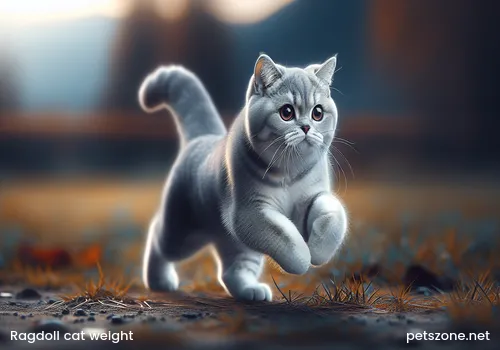
Ideal Weight Range for Ragdoll Cats: Differences Between Male and Female Cats
As mentioned earlier, the weight standard for adult Ragdoll cats is not "one size fits all" but instead varies by gender and individual differences.
- Adult Males: Usually larger in size with sturdier bone structure. Their ideal weight range is commonly between 5.5 kg and 9 kg. Some particularly large males may even reach 10 kg or more, but this is considered normal only if the body condition is healthy and they are not excessively obese.
- Adult Females: Compared to males, females tend to be smaller with an ideal weight generally between 3.5 kg and 6.5 kg. Of course, individual differences exist, and some females may be slightly lighter or heavier.
It should be emphasized that weight is just a numerical reference. To judge whether a Ragdoll cat is healthy, it is more important to assess its overall physical condition, commonly referred to as "body condition."
Key Factors Influencing Ragdoll Cat Weight
The weight of Ragdoll cats is influenced by multiple factors. Understanding these factors helps you better manage your cat's weight:
- Age: Ragdoll cats have a relatively long growth cycle, usually taking 3-4 years to fully mature and reach their final size and weight. Kittens gain weight rapidly, stabilize in adulthood, and elderly cats may experience slight weight loss due to muscle loss.
- Genetics: Genes determine the innate body size and bone structure of cats. If the parents are large, the offspring tend to be larger as well.
- Diet: The type, quality, amount, and frequency of feeding directly affect the cat’s energy intake. Overfeeding high-calorie, low-nutrient food is the main cause of obesity.
- Exercise: Active cats burn more energy and are less likely to become overweight. Cats living in a monotonous environment with little play or exercise are more prone to weight gain.
- Health Status: Certain diseases (e.g., hyperthyroidism or hypothyroidism) affect metabolism leading to abnormal weight. Parasite infections or digestive problems can also cause underweight issues.
- Neutering: Neutering alters hormone levels and lowers metabolism, which may increase appetite, making neutered cats more prone to obesity. Therefore, neutered cats require more careful diet management and increased exercise.
How to Judge Whether Your Ragdoll Cat's Weight Is Healthy? Learn to Use Body Condition Score (BCS)
Relying solely on the numbers on a scale is insufficient to determine a Ragdoll cat’s health. Veterinarians usually use the Body Condition Score (BCS) to assess a cat’s fatness level. The BCS is typically on a 1–9 or 1–5 scale. An ideally weighted Ragdoll cat should be in the healthy mid-range score.
Here are several simple methods to help you preliminarily assess your cat’s body condition at home:
- Feel the ribs: Gently touch the cat’s sides. If you can easily feel the ribs without protruding, the condition is normal. If you cannot feel the ribs, the cat may be overweight; if the ribs protrude significantly, the cat may be underweight.
- Observe the waist: View the cat from above. You should see a noticeable waist curve forming a "slim waist." If the waist looks wide with no curves or even bulges out, this suggests the cat may be overweight.
- Observe the abdomen: From a side view when standing, the abdomen should have a slight upward tuck and should not sag. A noticeably sagging belly forming a "big belly" indicates fat accumulation.
If your cat’s body condition doesn’t seem within the normal range by these methods or you are uncertain, consulting a professional veterinarian is recommended. They will provide a more accurate evaluation and advice based on your cat’s specific condition.
What to Do If Your Ragdoll Cat Is Underweight or Overweight?
Both underweight and overweight can adversely affect a Ragdoll cat’s health.
- Underweight: This may indicate malnutrition, underlying disease, parasites, or absorption problems. Prompt veterinary consultation is needed to diagnose the cause and adjust diet and nutrition under guidance.
- Overweight (Obesity): This is a common health problem in cats and may lead to diabetes, arthritis, heart disease, respiratory issues, urinary problems, etc. Managing overweight cats requires patience and scientific methods:
- Diet control: Follow veterinary advice to choose weight-loss prescription food or calorie-controlled regular cat food and strictly limit portions. Avoid feeding treats or table scraps.
- Increase exercise: Schedule daily playtime using toys like teaser wands or laser pointers to encourage running and jumping. Consider purchasing cat trees, puzzle feeders, and similar items that increase activity and fun.
- Regular monitoring: Weigh the cat periodically, record weight changes, and evaluate the effectiveness of the weight loss plan.
Remember, any changes in diet or exercise should be gradual and conducted under veterinary supervision to avoid discomfort or health issues.
Frequently Asked Questions
- How long does it take for a Ragdoll cat to mature? Ragdolls have a longer growth cycle, usually needing 3-4 years to fully mature and reach their final size and weight.
- Is bigger better for Ragdoll cats? Not necessarily. Healthy body shape and condition are more important than pure weight numbers. Excessive obesity is harmful, not beneficial.
- How do I know if my Ragdoll cat is overweight? Besides weight measurements, the most intuitive method is the BCS, feeling ribs and observing waist and abdomen curves. If ribs can’t be felt, waist isn’t narrow, and abdomen sags, the cat may be overweight.
- Can I create a weight loss plan for my Ragdoll cat myself? It is recommended to formulate a weight loss plan under veterinary guidance. Vets help identify causes of overweight and recommend proper diet and exercise plans to ensure safe and effective weight loss.
Summary
As a large cat breed, Ragdolls have relatively higher weight standards, but this does not mean they can gain weight indiscriminately. Paying attention to a Ragdoll cat’s weight health is as important as caring for a family member’s health. By understanding the ideal weight range, influencing factors, and learning to use the body condition score, we can better judge a cat’s fatness level. If abnormal weight is found, timely veterinary consultation and scientific intervention are key to ensuring the health and quality of life of Ragdoll cats. Let’s work together to help our "big Ragdolls" live healthy and happy lives!
